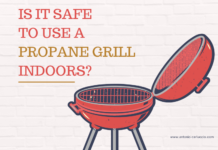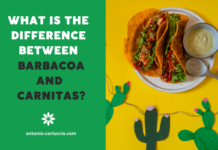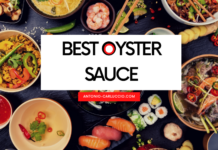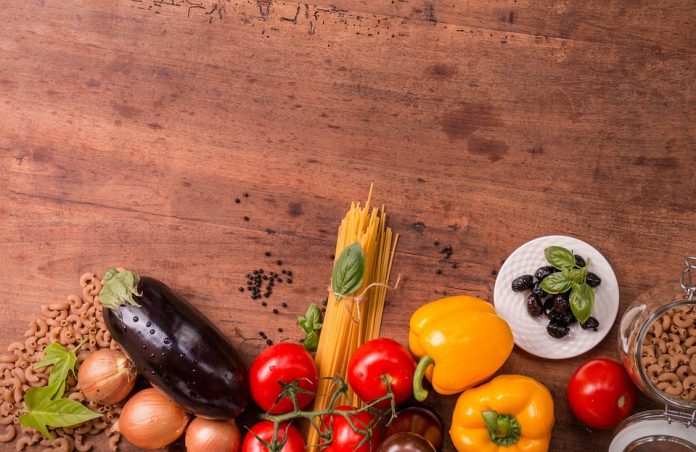
Italy is a place of long history and tradition of mouthwatering concepts and patents food preparation. Loved around the globe, Italian cuisine is welcomed everywhere. Amateur chefs and foodies around the world try to prepare these tasty dishes in the comfort of their homes. For a great Italian meal, you will need the right Italian ingredients in your kitchen, because how can you prepare a genuine gourmet meal without the necessary produce?
On the other hand, millions of people flock to restaurants to consume tasty meals every day. Therefore, professional/industrial/ restaurant kitchens must have a large and fresh stock of Italian food produce supply ready. This does not just go for the ones dealing with just Italian food. Most of the Mediterranean dishes share many of these ingredients, so if a fancy restaurant offers Spanish, Greek, and even French food other than the Italian, many of these essentials should be present in their kitchens.
In this article, we will go over the essential Italian produce that every kitchen should have. You can look for all of them, and more, at Cheetah.
- Olive oil
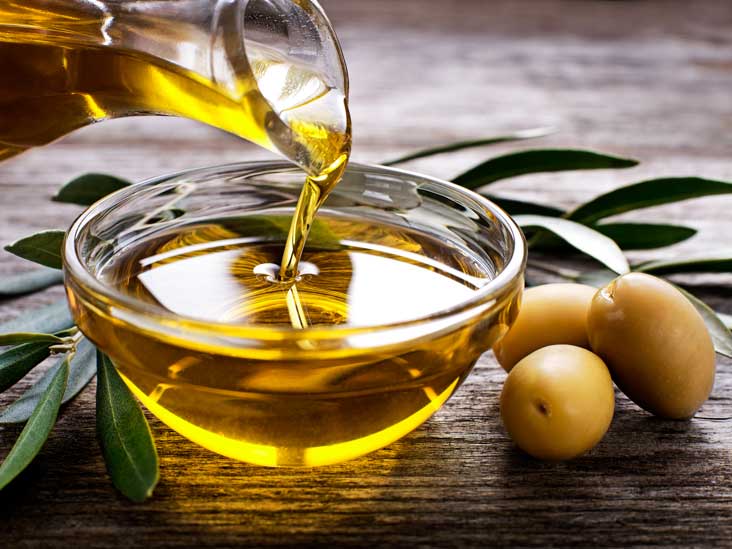
Was there any doubt about the number one spot? There is not an Italian dish without the use of olive oil. Italians also put it in cakes and biscuits instead of butter, which is much healthier. Two types are needed in every home. One is a bit more expensive, extra virgin olive oil. This one you will use for seasoning. For a homemade olive oil bottle, pour some into a separate glass bottle and add chili, garlic, basil, and oregano. Let it sit for a week to infuse. The second, cheaper oil is of lesser quality, and it is pomace olive oil, which you will use for cooking and frying. Any olive oil you buy should be Italian, so make sure to pay extra attention. Olives are also important. Small black ones are for cooking, and bigger green olives are for eating.
- Fresh herbs
Fresh parsley, basil, oregano, rosemary, and chili are all essential ingredients in Italy. These herbs are also amazing in a dried variety. If you cannot find good quality fresh herbs, they will also do the trick. Use then within 6 months, after which they lose all flavor. Even more important in some cases is fresh garlic on hand. Never use the pre-minced garlic for Italian dishes!
- Canned tomatoes

With a good can of tomatoes, you can achieve anything. However, outside of Italy, it can be very hard to find a good product. When buying imported Italian tomatoes, make sure you get the one without calcium chloride. It stops the tomatoes from falling apart, and you actually need this to happen while cooking. Make sure to get whole tomatoes that you can later chop or pure. Do not be afraid to add salt or sugar to taste, depending on what kind of tomatoes you find.
- Vinegar
Italians do not actually pour balsamic vinegar on all of their dishes, as the highest quality is usually for seasoning raw beef tartare or Bistecca Fiorentina. The best and most aged ones are quite expensive as well, so not everyone buys it. Italians do use red wine vinegar on salads and raw vegetables, or white wine vinegar for lighter flavors.
- Pasta

The total number of different pasta varieties is incredible, as well as confusing, so try to stick to the essentials. Two short kinds of pasta that are crucial are penne and rigatoni, while the three long ones you should try are linguine, spaghetti, and fettuccine. Also, soup pasta like risoni is also great. There are many people who can only eat one type with a specific sauce or dish. There is a general rule that long pasta goes best with smooth and oily sauces and fish dishes, while the short pones pair well with chunky sauces.
- Dried porcini
The porcini mushroom is often forgotten by those, not from Italy. This is a crucial ingredient for most of the Northern and Central recipes, as they have a presence in food that ranges from polenta and risotto to braised meats and pasta. Make sure it is Italian before you purchase it, and remember that real dried porcini mushrooms are expensive.
- Parmesan cheese

Aged Parmesan is the final touch in most Italian meals, especially pasta and pizzas. Still, it does not go on everything. For example, never use them with fish and garlic oily sauces. If a good parmesan is too expensive, a good alternative is aged pecorino.

